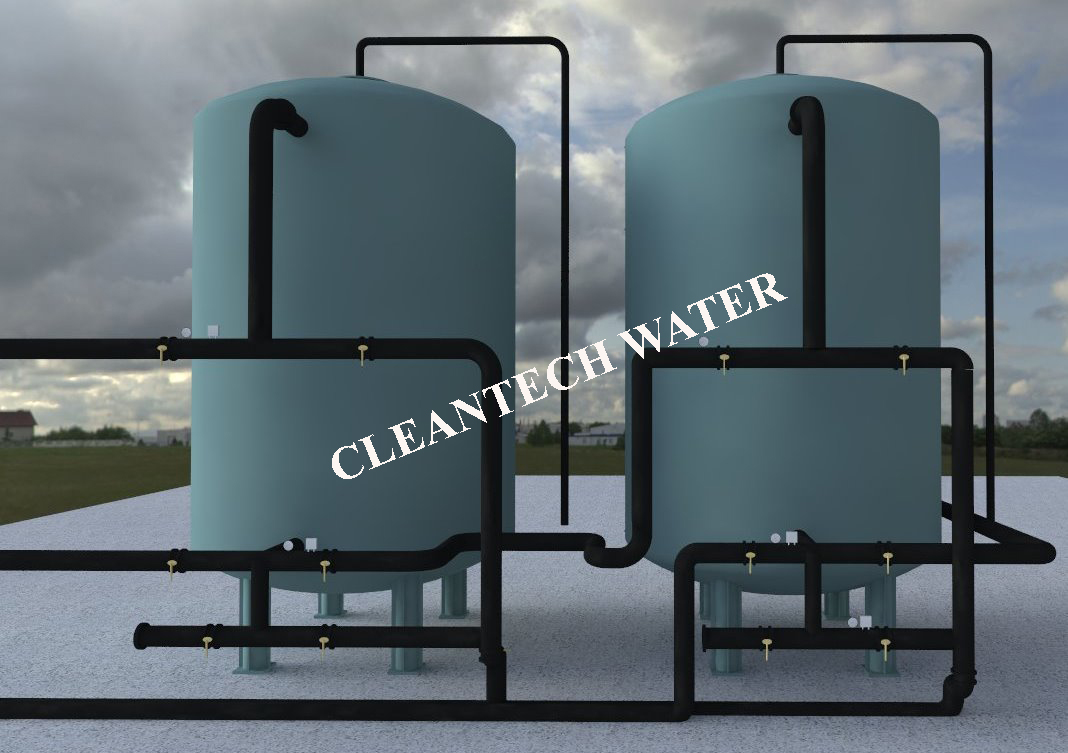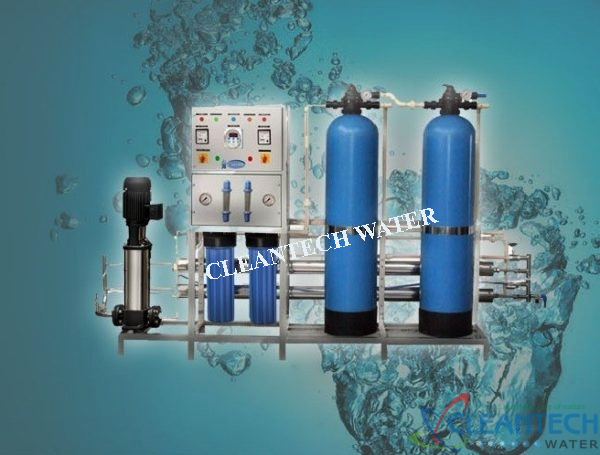Activated Carbon Filter

Activated carbon filters are known to be one of the most established equipment for water purification. These sorts of filters cover an expansive range of alternatives.
Carbon rock is used as cooler channels. It is similar to the carbon rock you purchase from an aquarium store. These channels will evacuate some chlorine from the water.
Carbon in a block form would act as a better channel. The vast majority of these will remove more chlorine.
A great activated carbon filter is regularly more viable than a low-end turn around osmosis framework. A good quality carbon filter will have the capacity to expel 99.99% of chlorine. It will expel unstable natural mixes and substantial metals.
Pros:
These filters are ideally good as it absorbs chlorine, mercury, SOCs, and VOCs. Carbon filters are known to be a standout as the main filter that easily expels a gathering of hazardous chemicals. Hazardous chemicals are formed when chlorine is mixed with water. Carbon filters are additionally effective at expelling lead. These filters are modest and by and large simple to install.
Reverse Osmosis Systems

Reverse Osmosis System is a membrane innovation. These thin-film composite (TFC) layers compel water over a semi-porous film. A reverse osmosis framework makes use of a high-quality carbon filter that is regularly called the “taste and odor” filter.
Reverse Osmosis Systems Comprises of:
Pre-Filter: The function of a Pre-Filter is to expel silt and other particulates that can damage the RO system.
Membrane: The membrane is the thing that separates out the pollutants from the water.
Post-Filter: It is the taste and smell portion of the framework. Carbon channels will “clean” the taste and improve the flavor of the water.
Pros:
A Reverse Osmosis system removes 95-99 percent of dissolved particles, excessive minerals, and microorganisms from the water. It specializes in removing iron, calcium, mercury, lead, etc. It filters out even the smallest of particles the size of 0.001 microns! Additionally it further expels microbial cysts like Cyclospora, Cryptosporidium, and Giardia which cause serious diseases when ingested.
The Difference
Size is the only factor that makes reverse osmosis different from carbon filtration.
Every particle present in water has a size. This is estimated in microns. Most carbon channels have NSF Class I ratings. This implies they evacuate 85% of particles measuring 0.5-1 micron. Reverse osmosis systems can channel it down to .001 micron.
Conclusion:
It must be acknowledged that no single equipment or channel can remove all the harmful substances from the water. The place you live and the kind of water you get supplied are also important factors. However, you can make sure that your purifier removes a majority of it and provides you clean and safe drinking water.
Get in touch with us at +91-9558996411 / 079-4003 6917 or email us at: Info@cleantechwater.co.in to know more.

